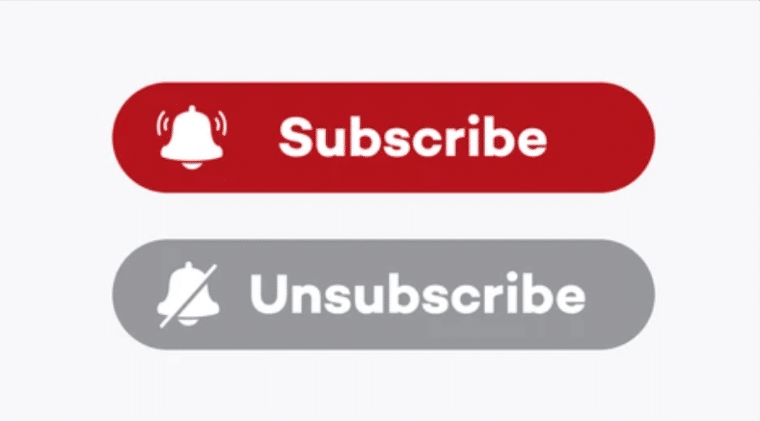
The United States Federal Trade Commission (FTC) is moving forward to implement some changes to some rules that will affect how consumers are able to unsubscribe to certain services.
In a press release published today, the Commission said that a new “click to cancel” provision is being added to its Negative Option Rule that will prompt companies to make it equally easy for consumers to both sign up and sign off from a program they offer.
“The new click to cancel provision, along with other proposals, would go a long way to rescuing consumers from seemingly never-ending struggles to cancel unwanted subscription payment plans for everything from cosmetics to newspapers to gym memberships”, the regulator commented.
It is the Commission’s view that marketers have used different mechanisms in the past to trick consumers into enrolling for certain services without their express consent. Once their payment information has been retrieved, they keep the poor victims on the hook by making the process of opting out as time-consuming and complex as possible.
Here’s What Click to Cancel Means in Practice for the FTC
Three modifications will be made to the rule. First, sellers will have to ensure that the process of signing off a subscription or free trial is as easy as it was to sign up. This may sound a bit vague at first glance but the regulator further explained that it means that the two processes should have the same number of steps.
In addition, consumers should be able to complete the sign-off through the same channel that they used when they were enrolled. This means that online signups should have a corresponding online sign-off procedure.
Also read: FTC Orders Social Media Companies to Reveal Practices Against Fraud
Moreover, sellers will no longer be permitted to make additional offers to deter consumers from unsubscribing without their express consent. “In other words, a seller must take “no” for an answer and upon hearing “no” must immediately implement the cancellation process”, the Commission highlighted.
Finally, it will now be mandatory that sellers notify consumers every 12 months that they are enrolled in a Negative Option scheme before automatically renewing their subscription to the service.
The proposed changes were approved by three out of four FTC Commissioners. It is worth noting that Commissioner Christine S. Wilson, the only one who did not approve the proposal, issued a statement to provide further details about her decision not to back the modification.
“The proposed Rule the Commission announces today may achieve the goal of synthesizing the various requirements in one rule – but it also sweeps in far more conduct than previously anticipated”, Wilson noted.
She added: “The broadened scope of the Rule would extend far beyond the negative option abuses cited in the ANPR, and far beyond practices for which the rulemaking record supports a prevalence of unfair or deceptive practices”.
The FTC will now hear the public’s comments about this Notice of Proposed Rulemaking (NPR) before making a final decision regarding the modification of the rule.
Americans Want to Spend Less on Subscriptions and the FTC May Be Paving the Way
According to the regulator’s statistics, a total of 21,348 reports regarding fraudulent internet services. These include websites that offer services or subscriptions in exchange for a fee, undisclosed charges made to consumers, and issues with online payment services.
A total of $6.3 million were reportedly lost by those who reported their incidents to the FTC resulting in a median loss of $300 per case.
Meanwhile, subscription services appear to be suffering a steep decline lately according to a report from the global consulting firm Kearney published a year ago that cautioned about the catastrophic outcome that could result if the trend continues.
Also read: 24 Best OnlyFans Accounts to Follow – Compare Top OnlyFans Creators 2023
Kearney’s analysts that the majority of the people they surveyed back then wanted to spend less than $50 per month on subscriptions, which would result in a severe decline from the average $159 that consumers spent on average back then.
“Forty percent of consumers think they have too many subscriptions—and we suspect that number will only increase”, the report asserts.
Hence, if the FTC starts enforcing these rules soon, Americans may find it easier to get to that $50 goal and that would not be bad news for businesses that primarily rely on subscription revenue to thrive.
Other Related Articles: